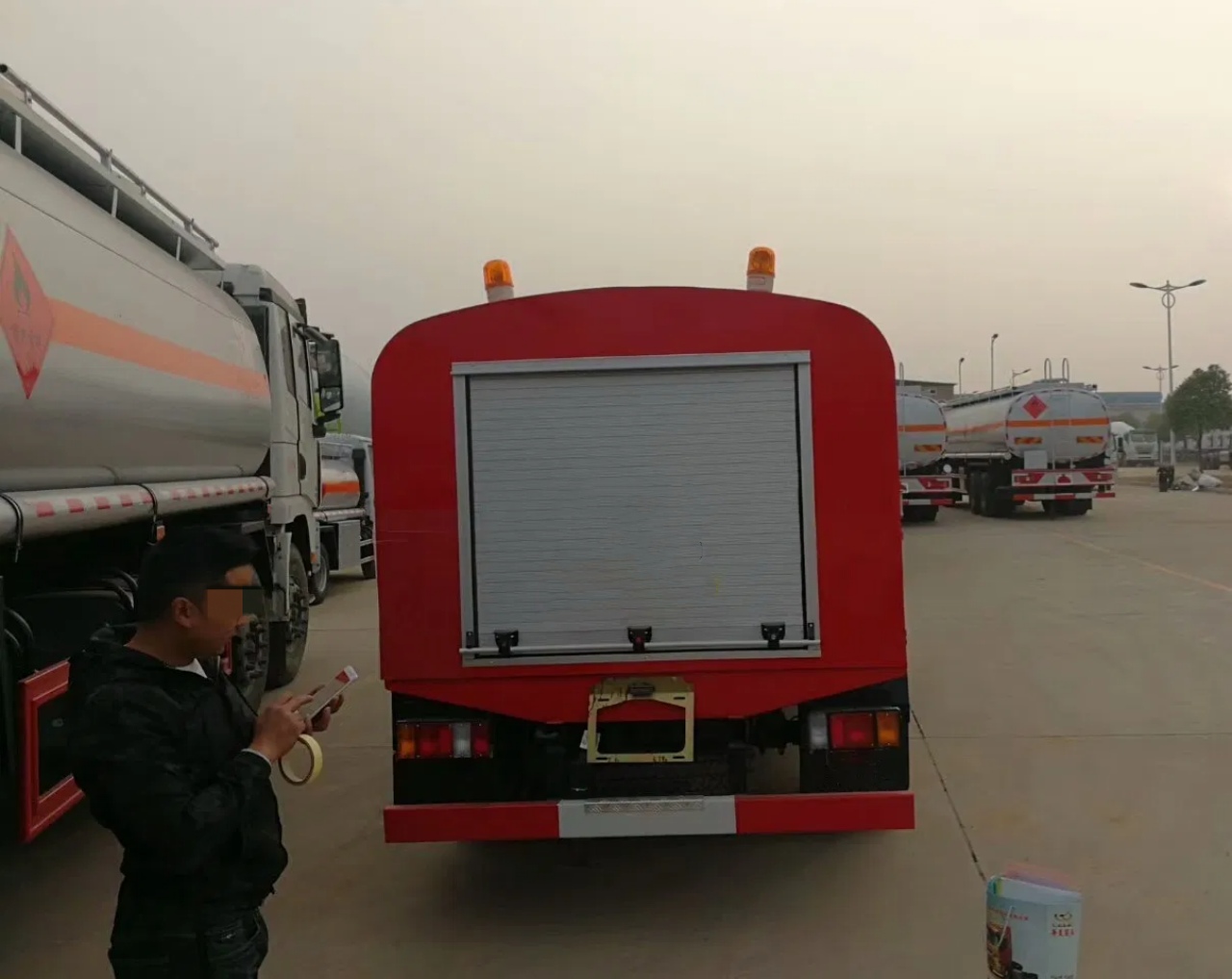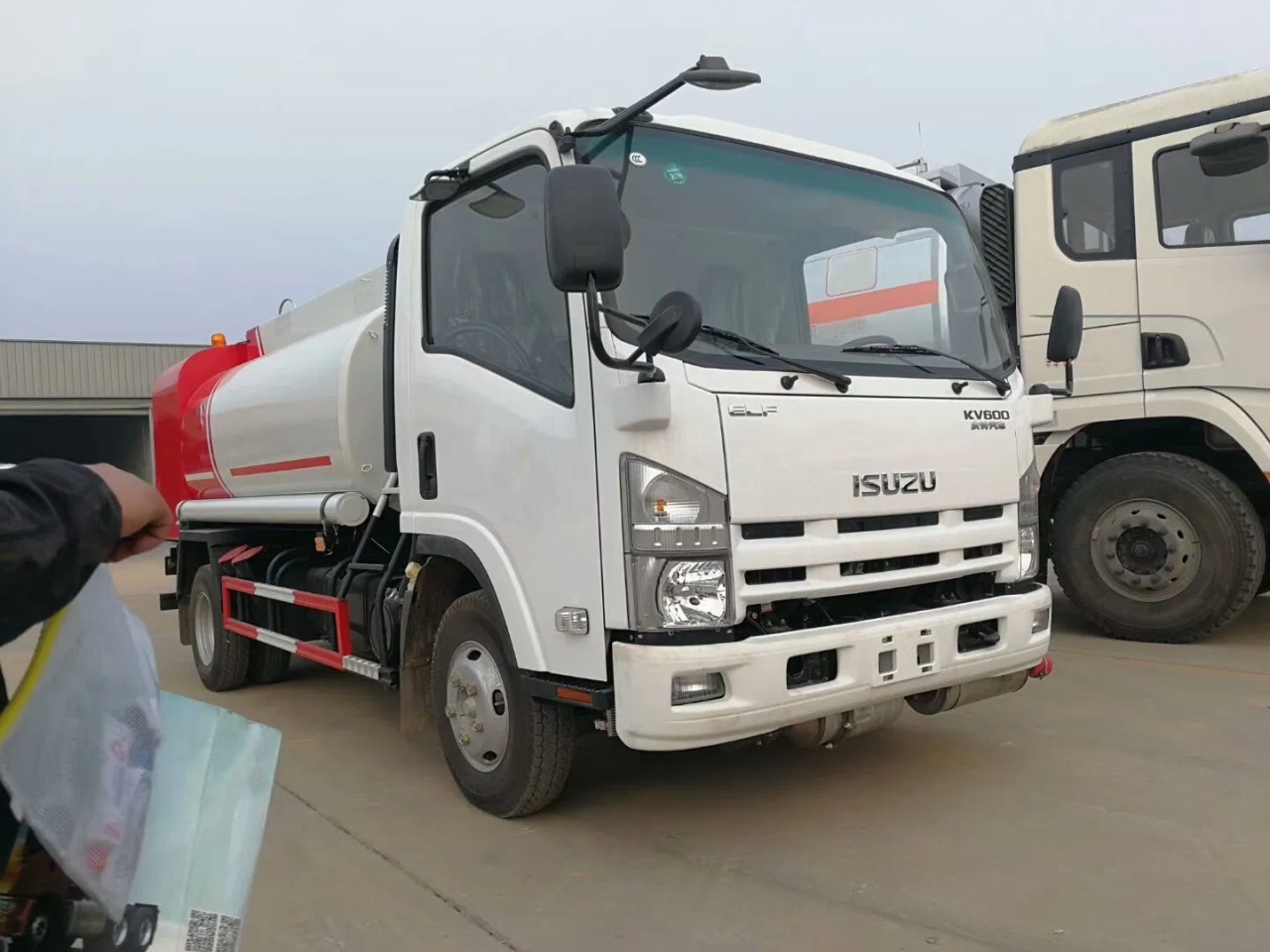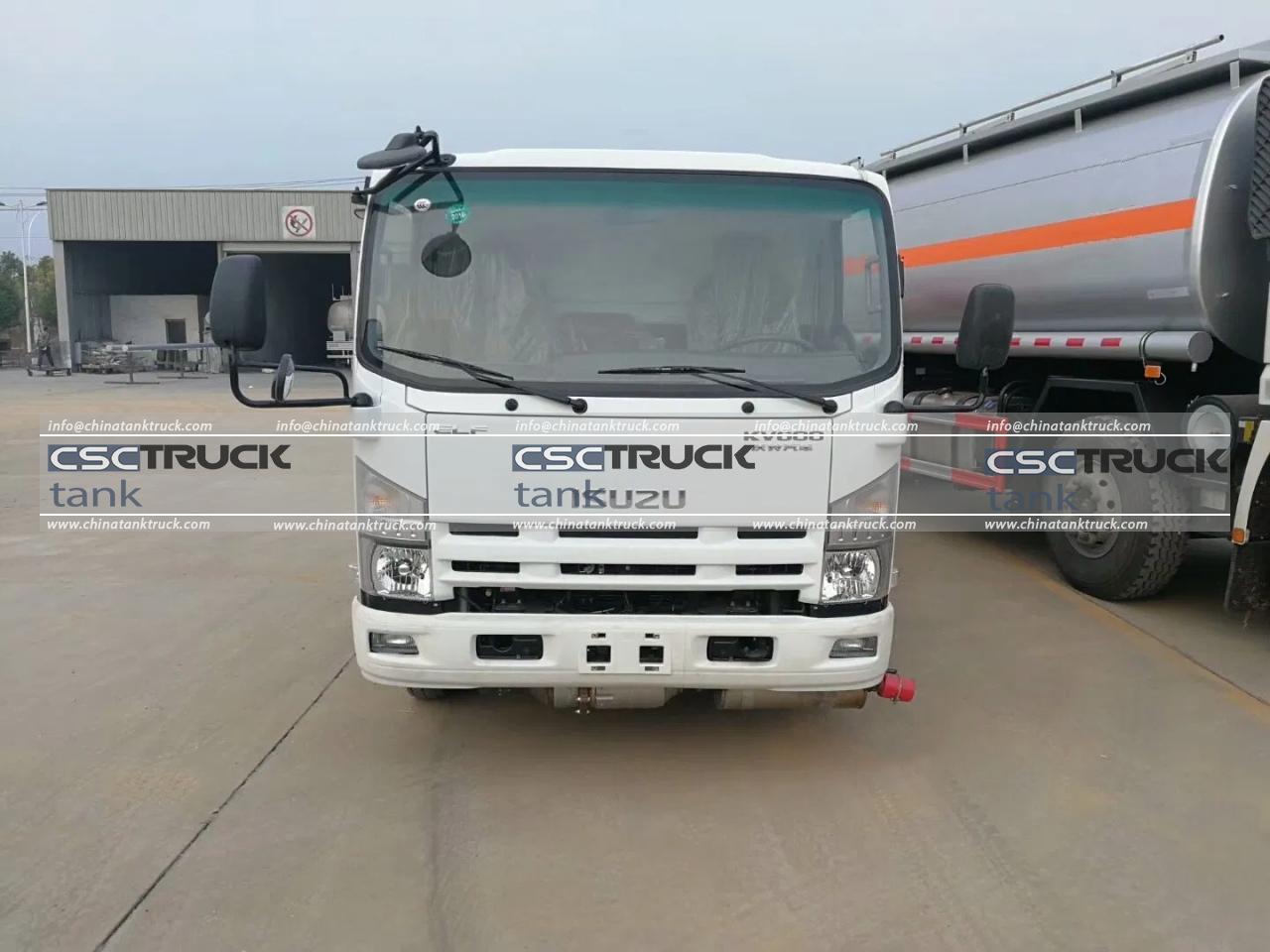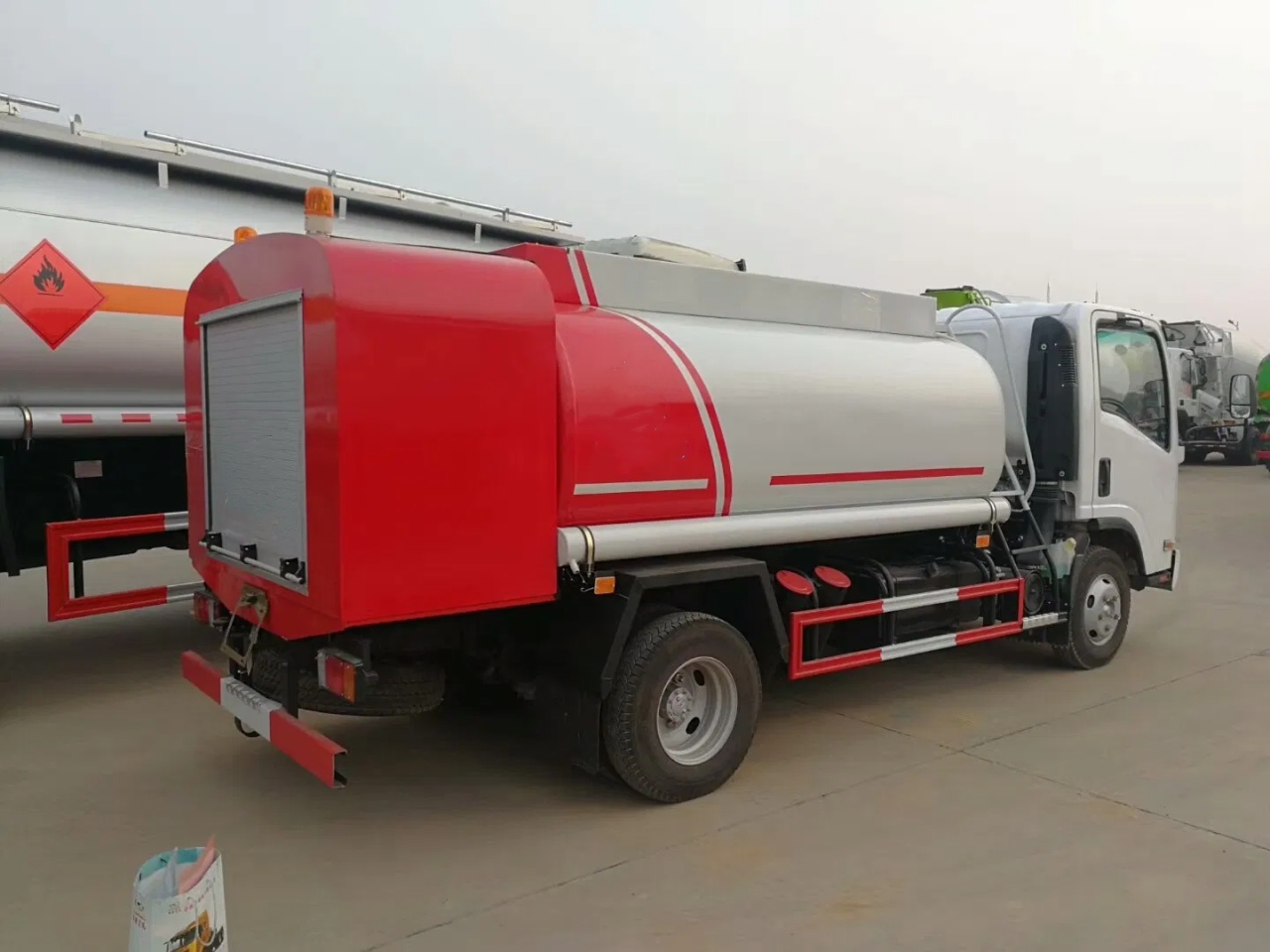In the world of industrial logistics and on-site refueling, the fuel bowser plays a crucial role in ensuring that machinery, vehicles, and generators receive timely fuel replenishment without the need for traveling to a fuel station. A fuel bowser, also known as a fuel tanker or mobile fuel dispenser, is a mobile unit designed to transport and dispense fuel efficiently and safely. These units are commonly used in construction, mining, agriculture, aviation, and military operations. But how exactly does a fuel bowser work? Let’s explore the components, working mechanism, types, and safety features that make this essential piece of equipment function.
What is a Fuel Bowser?
A fuel bowser is essentially a mobile fuel storage and delivery system mounted on a truck, trailer, or skid. It is designed to carry liquid fuels like diesel, petrol, or aviation fuel from bulk storage locations to points of use. Bowsers range in size from small towable units with a few hundred liters of capacity to large tanker trucks that can carry tens of thousands of liters.
The main purpose of a fuel bowser is to streamline fuel delivery to remote or difficult-to-reach areas where traditional refueling infrastructure may be unavailable. They are vital for operations in remote construction sites, farms, or emergency relief zones.
Key Components of a Fuel Bowser
To understand how a fuel bowser works, it’s essential to know the components that make up the system:
- Tank:
The main body of the fuel bowser is the tank, which is typically made of mild steel or aluminum, and sometimes stainless steel for specialized fuels. It is usually cylindrical and divided into compartments if designed to carry multiple types of fuel. - Pump System:
The heart of the dispensing operation, the pump draws fuel from the tank and pushes it to the dispensing nozzle. Pumps can be electric, pneumatic, or engine-driven, depending on the use case. - Hoses and Nozzles:
These are used to direct the fuel into the target equipment or vehicle. The nozzles are usually equipped with automatic shut-off valves to prevent spills. - Flow Meter:
Meters help monitor the amount of fuel being dispensed. Digital or mechanical flow meters track delivery volumes and ensure accurate records for inventory and billing. - Filtration System:
Filters ensure that fuel is clean and free from particles or water that could damage engines. - Manholes and Vents:
For maintenance, inspection, and refilling, manholes and venting systems allow safe access and pressure regulation within the tank. - Dispensing Cabinet or Control Panel:
This includes switches, meter readings, and sometimes automated fueling software or security features such as access keys or PIN input. - Chassis or Trailer:
The frame that carries the tank and accessories—this could be a self-propelled truck or a towable trailer.
How a Fuel Bowser Works
The process of using a fuel bowser can be broken down into a few key stages:
1. Filling the Bowser
Fuel is typically loaded into the bowser at a fuel depot using a bulk-loading arm. This can be done via a gravity feed or a pump system. During filling:
- The tank compartments are filled to designated capacities.
- Anti-overflow devices and sensors may trigger alerts if limits are exceeded.
- Proper venting ensures pressure balance and prevents vapor lock.
2. Transport to the Site
Once filled, the fuel bowser is driven or towed to the location where fuel is required. Regulations often require:
- Placards indicating the flammable nature of the cargo.
- Emergency shutoff valves.
- Fire extinguishers and grounding mechanisms.
3. Dispensing the Fuel
When the bowser reaches the destination:
- The engine or electric pump is activated to draw fuel from the tank.
- The operator selects the nozzle and places it into the receiving tank (e.g., a generator or excavator).
- The flow meter starts recording the volume.
- The fuel passes through filters and into the nozzle.
- Automatic shut-off prevents overfilling.
4. Monitoring and Record Keeping
Most modern fuel bowsers are equipped with digital tracking systems that:
- Log dispensing times and volumes.
- Track user access.
- Communicate with central fleet management systems.
This ensures accountability and prevents misuse or theft of fuel.
Types of Fuel Bowsers
There are several types of fuel bowsers, depending on the application:
- Static Fuel Bowsers: Installed permanently on sites for regular refueling needs.
- Towable Fuel Bowsers: Trailer-mounted, ideal for farms and construction sites.
- Truck-Mounted Bowsers: These are high-capacity units on heavy-duty trucks, often used by fuel distribution companies.
- Aviation Fuel Bowsers: Specially designed to handle jet fuel with high filtration standards.
- Marine Bowsers: Adapted to refuel boats and marine equipment, often equipped with corrosion-resistant features.
Safety Features and Regulations
Because of the hazardous nature of fuel, bowsers are subject to strict safety protocols:
- Explosion-Proof Pumps
Prevent ignition of fuel vapors during operation. - Grounding and Bonding Equipment
Discharges static electricity buildup to avoid sparks during fuel transfer. - Fire Extinguishers
Easily accessible in case of fire. - Spill Containment Systems
Includes drip trays, emergency shut-off valves, and bunded tanks to contain leaks. - Compliance with ADR/UN Standards
Ensures that the vehicle and its components meet global standards for the transport of dangerous goods.
Applications of Fuel Bowsers
Fuel bowsers are widely used across multiple sectors:
- Construction: Refueling excavators, bulldozers, and generators.
- Mining: Essential in remote sites with no access to fixed fuel stations.
- Agriculture: Tractors and irrigation pumps need constant refueling during peak seasons.
- Aviation: Airports use bowsers to refuel aircraft quickly on the tarmac.
- Military: Tactical operations require mobile fueling capabilities.
- Emergency Response: In natural disasters, bowsers help fuel rescue equipment and temporary power units.
Conclusion
A fuel bowser is a highly specialized, mobile fuel delivery system that plays an indispensable role in industries requiring reliable, on-site refueling solutions. By combining storage, transport, and dispensing capabilities into a single unit, it eliminates downtime and increases operational efficiency. With safety systems in place and compliance with international standards, fuel bowsers offer a secure and cost-effective way to manage fuel logistics wherever it’s needed.
Whether on a construction site, deep in a mining pit, or at a remote airstrip, the fuel bowser is the quiet workhorse that keeps machines running and operations moving.





